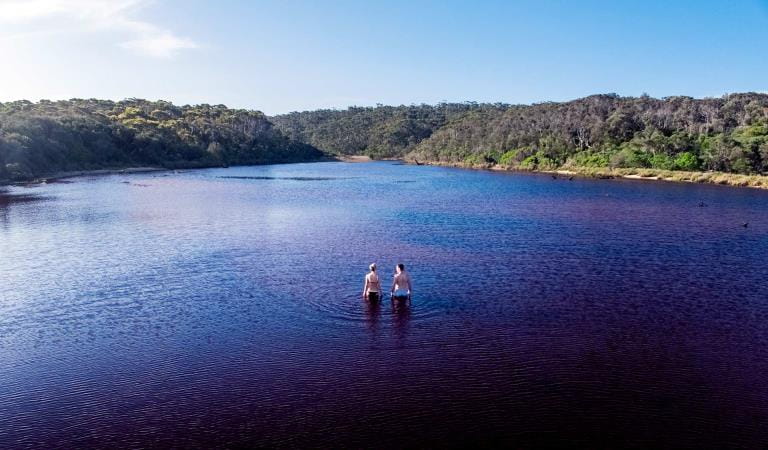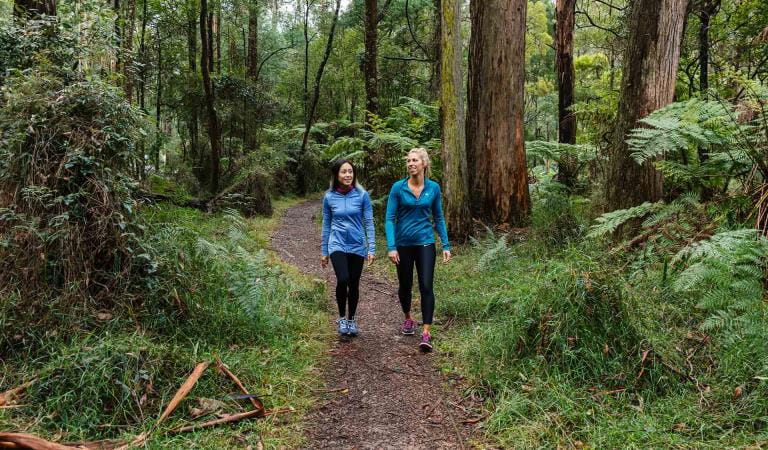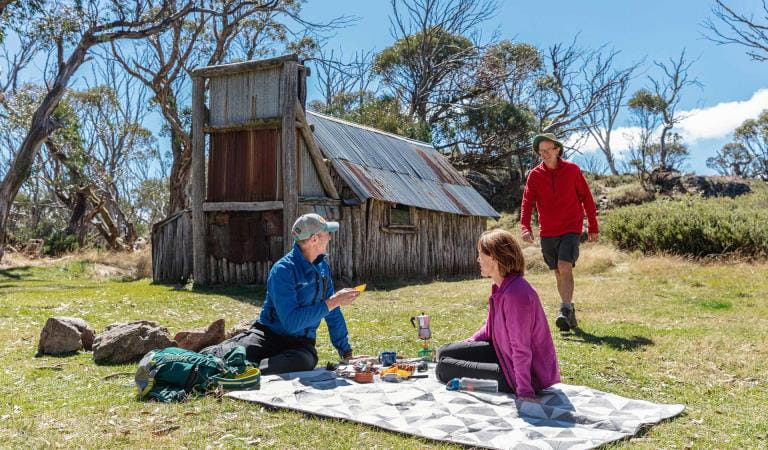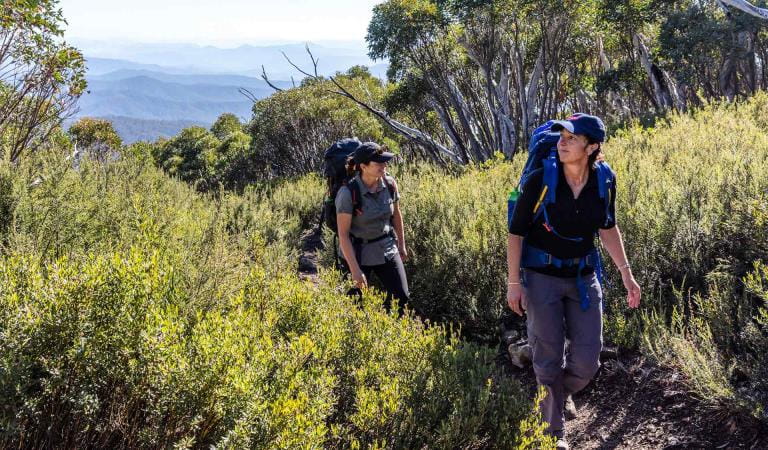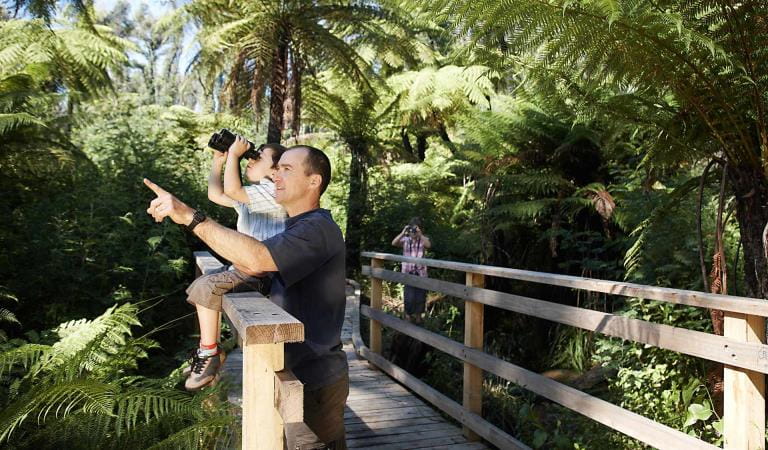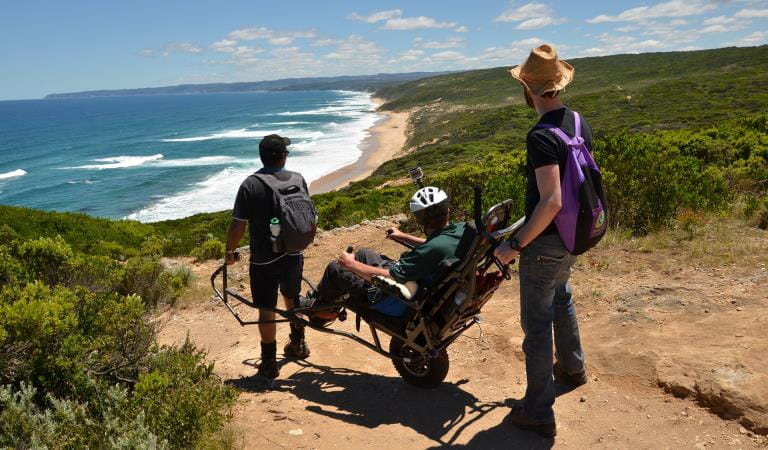Rehabilitation and recovery
Nature can help you cope with pain and recovery
Regardless of age or culture, most people find natural environments pleasing. Our positive connection to nature has evolved over millennia and helps to explain why spending time in nature improves our wellbeing. Access to nature and green spaces is linked to increased social interaction, physical activity, increased positive emotional state, reduced stress and fatigue and improved immune function.
Did you know that just viewing relaxing scenes of nature can boost your physical, mental, and spiritual wellbeing? Nature can also help you cope better with the stress of recovering from surgery, addiction, mental illness or dealing with pain.
Research has shown that surgical patients who have a view of trees from their hospital window heal faster, need less pain medication, sleep better, and have fewer complications than patients with a view of a brick wall. This is the reason most modern hospital designs incorporate views of gardens or trees and planting indoors where possible. Viewing or spending time in gardens can reduce stress levels and promote a feeling of wellbeing. This calming effect is measurable and can play a significant role in helping you to heal.
When you are feeling stressed, anxious, or fearful, your body produces a stress hormone called cortisol, which delays wound healing, meaning longer hospital stays and greater readmission rates. Nature can help counter this effect by reducing stress. Nature increases feelings of happiness and wellbeing, reducing heart rate, blood pressure, muscle tension and production of stress hormones.
Spending just 20 minutes in a place where you feel connected with nature will significantly lower your stress hormone levels.
A gentle walk or swim, or simply sitting in nature watching wildlife or picnicking with friends has wonderful effects on the mind and body that can help the healing process.
NB: This information is not intended as a substitute for professional medical advice, diagnosis, or treatment. Speak to your doctor before starting any new exercise program.


